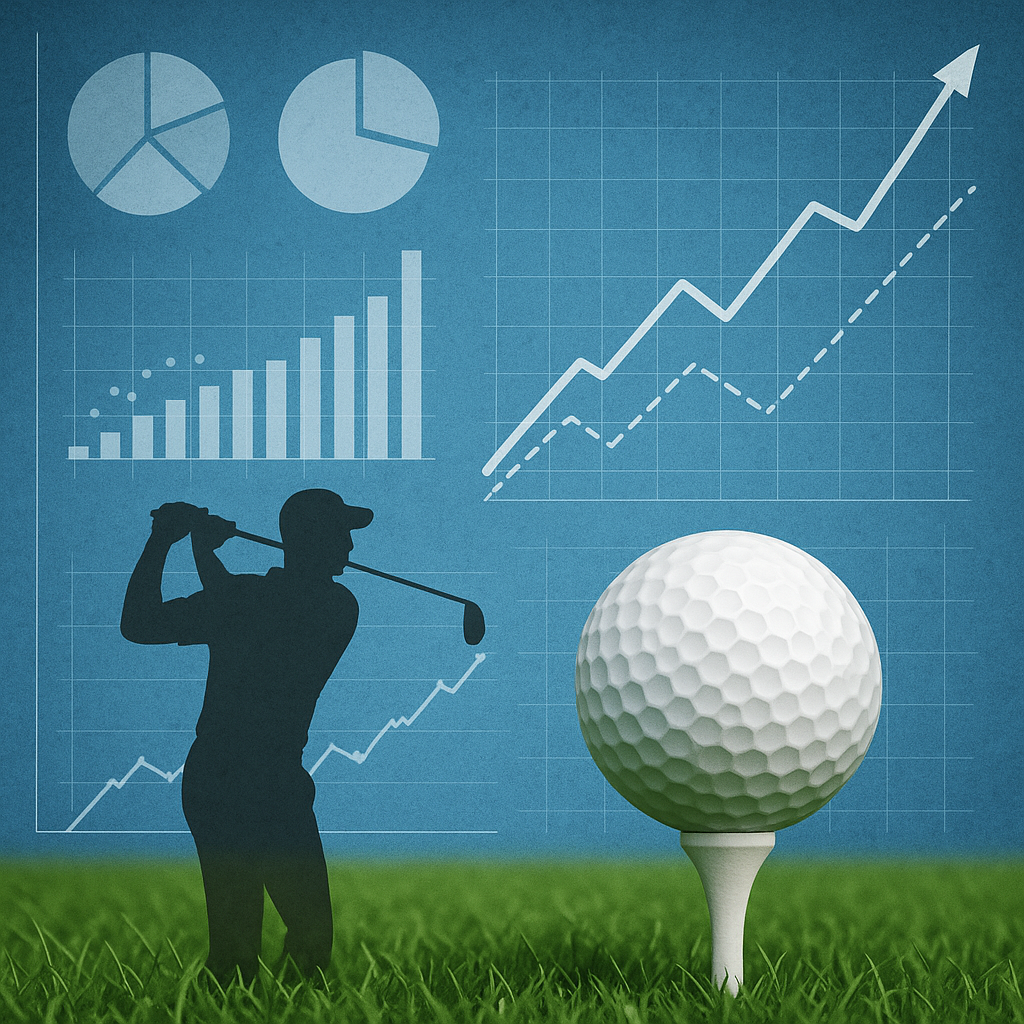

Conversation with Robin Cocq, golf coach specialized in performance strategy and statistical analysis. He supports several players on the European Tour, including Ugo Coussaud, Matthieu Pavon (winner on the PGA Tour), and also Perrine Delacour.
His approach is based on mastering data to build an optimal game strategy, adapted to each profile.
With his players, he has contributed to several international victories, combining analytical precision, mental preparation, and tactical rigor.
Robin embodies a new generation of coaches, at the crossroads of tech, the game, and performance.
Paul
Many players say “I feel good right now” or “I feel like I’m putting well.” Why do you say that statistics are more useful than feeling?
Robin Cocq
That’s a great question, because feeling is an integral part of golf, it’s what makes it such a mental sport. But the problem is that feeling is influenced by the emotion of the moment, by a recent round, or even by the score of the day. With statistics, we have an objective view of what really works or not.
For example, a player might “feel” like he’s driving well, but his stats show that he hits 7 fairways out of 14, which maybe allow him to make some birdies, attack par 5s in two… but he takes more than 3 penalty strokes per round. Here, the observation is completely different. Stats help to identify the real levers for improvement, not the ones we think are the right ones.
Paul
You coach professional players: do you find that this gap between sensation and reality also exists with them?
Robin Cocq
Absolutely, and sometimes even more so. Pro players are very connected to their sensations, and that’s a strength… but also a trap. They might have a bad feeling about their putting, while over 10 scorecards they actually gain strokes on short putts. By analyzing their stats, we can say: “Ok, you don’t feel good, but you make 65% of your putts between 1.5m and 3m. You are already way better than the field of players.”
It’s a tool for very powerful awareness.
They can judge a sector as deficient, unacceptable. For example, putting, because they missed an important putt, or their putting wasn’t good on the last round and they couldn’t get a result. But they overlook the putting level that allowed them to get into position on the last round. A wrong diagnosis could lead them to disparage their level, or to invest an unreasonable amount of time in one area of their game to improve it by 1%, while there is a bigger step to take in another area.
Paul
Practically, how do stats help an amateur player improve faster than just going by their feeling?
Robin Cocq
The important thing in training is obviously its content, but also the balance of each game sector and an appropriate level of demand. Working blindly will not produce the same results.
Regarding content, let’s imagine a player with a 15 handicap who only makes 10% of his chips within 2 meters from the hole, but makes 70% of his putts at 1.5m… (almost the Tour stat, which is 75%). It will be logical to have him work on his short game rather than doing short putting drills. Stats allow you to know exactly which area you should invest your time in.
It also allows for realistic expectations on the course. Many amateurs think they “should” hit every green at 100 meters. But even on the Tour, the average is over 6 meters of dispersion at that distance (and from the fairway). Stats put things into perspective, reduce frustration, and increase performance, because they help you play smartly, according to your true level.

Passionate golfer and co-founder of Teech Golf. My mission with Teech is to build technology that becomes a true companion in helping you improve your game.
Downloard Teech Golf on iOS/Android and get your free customized training plan with video by top coaches !
Download app